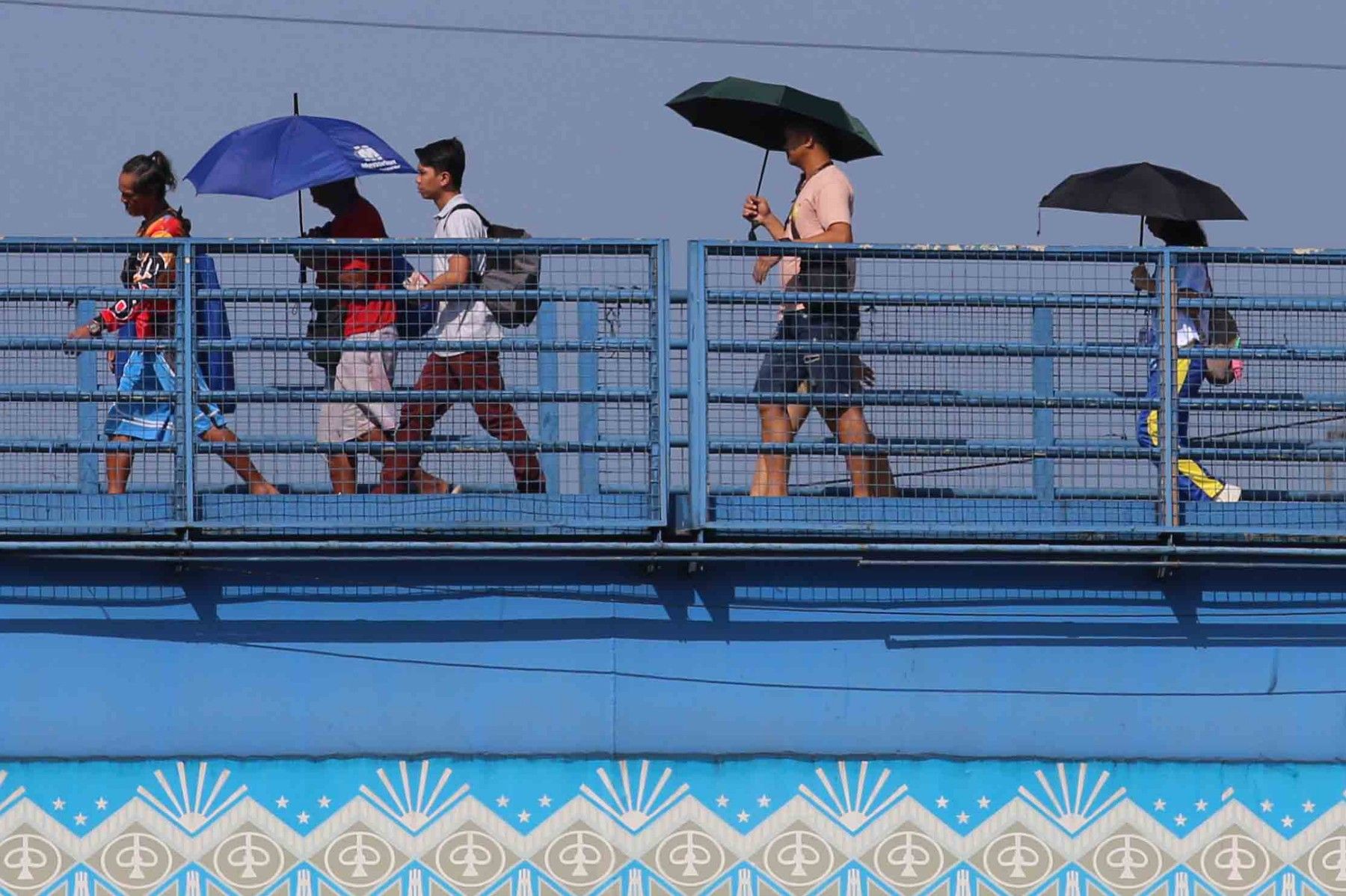PAGASA: Easterlies to prevail over most of the Philippines on April 12
18 areas under 'danger' level heat index
The Philippine Atmospheric, Geophysical and Astronomical Services Administration (PAGASA) announced that easterlies will dominate most of the country on Saturday, April 12.

In its weather forecast, PAGASA said that easterlies—or winds coming from the Pacific Ocean—will prevail over most parts of the country.
PAGASA added that these easterlies may bring cloudy skies with scattered rains and thunderstorms to the Zamboanga Peninsula, Basilan, Sulu, and Tawi-Tawi.
Likewise, it noted that partly cloudy to cloudy skies with isolated rain showers or thunderstorms may also be expected in Metro Manila and the rest of the country.
PAGASA warned of possible flash floods or landslides due to moderate to occasionally heavy rains, especially during severe thunderstorms.
Heat index
Based on a two-day forecast released on April 11, PAGASA reported that 18 areas have been placed under a “danger” level heat index, with temperatures potentially exceeding 42°C, posing risks of heat-related illnesses.
The highest heat index, 45°C, is expected to be recorded at Sangley Point in Cavite City.
Heat indices ranging from 42°C to 44°C are also forecasted in the following areas:
- Ninoy Aquino International Airport in Pasay City
- Dagupan City in Pangasinan
- Tuguegarao City, Cagayan
- ISU Echague in Isabela
- Cubi Pt. in Subic Bay, Olongapo City
- San Ildefonso in Bulacan
- TAU Camiling in Tarlac
- Ambulong in Tanauan, Batangas
- San Jose in Occidental Mindoro
- Cuyo in Palawan
- Virac in Catanduanes
- Masbate City in Masbate
- Roxas City in Capiz
- Iloilo City, Iloilo
- Infanta in Quezon
- Dumangas in Iloilo
- Dipolog in Zamboanga del Norte
According to PAGASA’s heat index classification, individuals in areas under the “danger” level (42°C to 51°C) may experience heat cramps and heat exhaustion, and continued activity could lead to heat stroke.